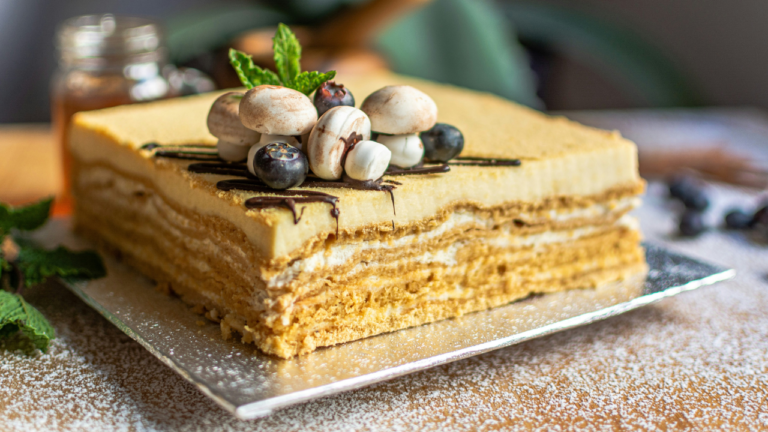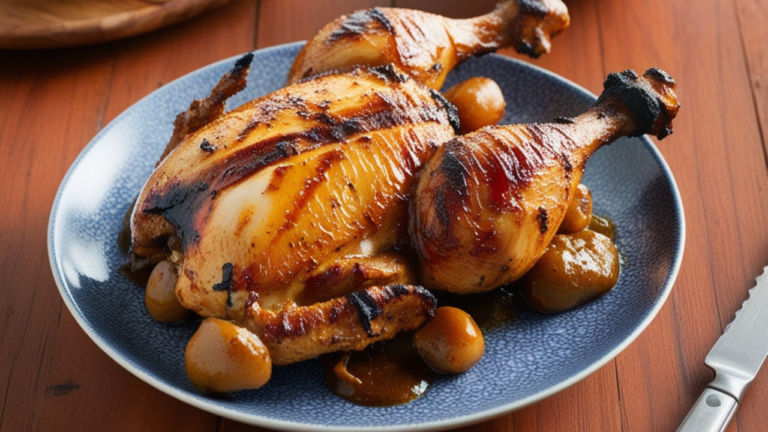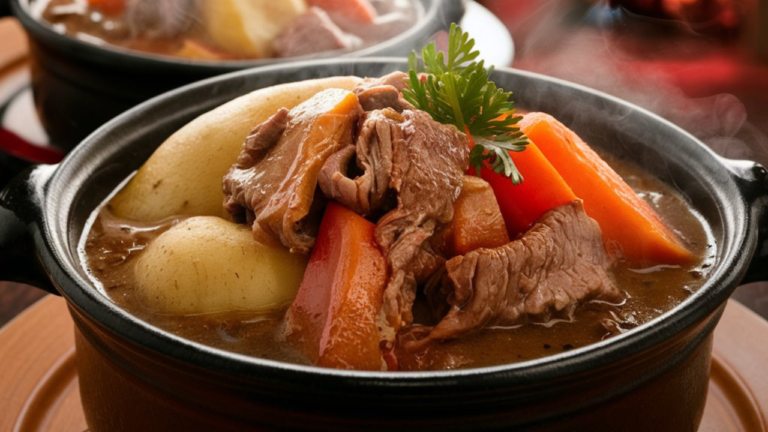Cultural Sensitivity, I See It As An Amazing Opportunity, Do You?
Fusion food is available in fine-dining restaurants as well as at home. It began with generations of cultures unintentionally combining ingredients from various sources to create fusion cuisine. Fusion cooking, which combines flavors and ingredients from other cultures, encourages cultural diversity. It advocates appreciation for different traditions and customs by igniting discussions and attracting curiosity about the origins and production of the foods.
Fusion food offers a gastronomic journey, enabling daring diners to sample novel flavors, spices, and cooking methods. It allows one to avoid boring meals and enjoy novel and varied gastronomic delights.

Fusion cuisine recipes and ingredients frequently reflect traditions and ethnic associations. Fusion cuisine, which combines multiple culinary traditions, facilitates people from varied backgrounds to join in and celebrate the flavors of different countries. Fusion cuisine provides limitless opportunities for distinct flavor combinations even with the same ingredients. Personal preferences, cooking methods, and spice combinations can all result in dramatically diverse flavor sensations.
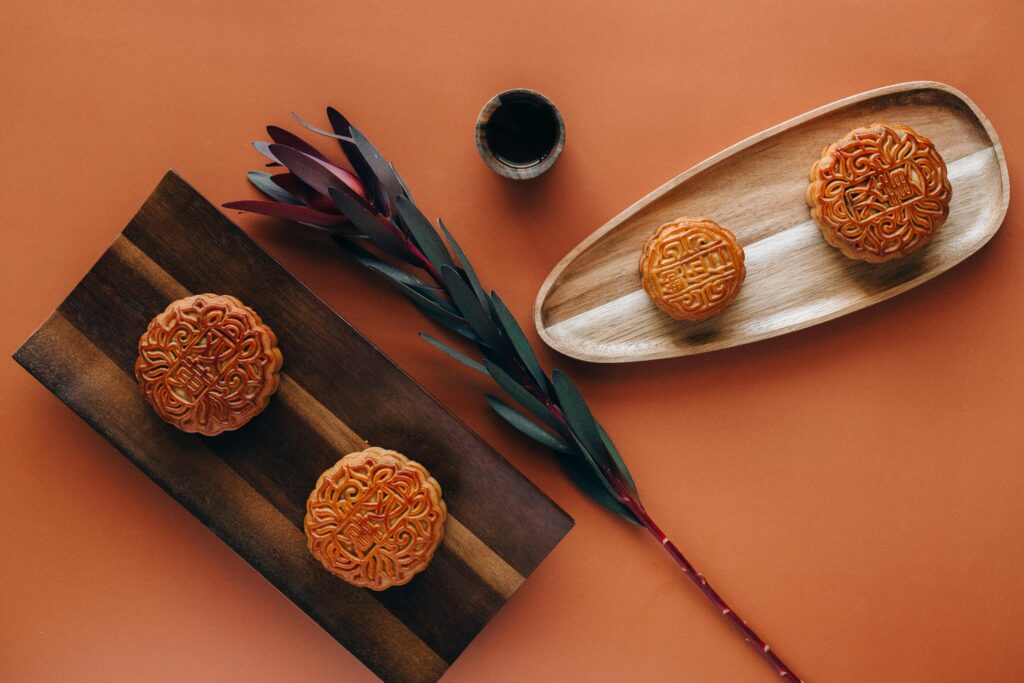
Is Cultural Sensitivity A Massive Challenge For Fusion Food? If So, Can We Take It As A Positive Change For The New World?
Cultural Sensitivity & A Positive World,
Fusion cuisine is a culinary art that involves the creative blending of components from many civilizations, resulting in dishes that excite our taste buds with distinct and surprising flavors. However, chefs must approach fusion cooking with the utmost care and knowledge of the ethnic roots of the recipes they combine. Cultural appropriation and misrepresentation are major issues that must be addressed to keep fusion cuisine inclusive and respectful.

In today’s continuously changing societies, fusion food reflects our various communities. As people migrate and settle in new places, they bring their beloved eating traditions with them, which gradually blend with local cuisines. The result is a dynamic and ever-changing food landscape that reflects the vast patterns of cultures that sustain it. Walking the line between fusion and confusion is critical. Before mixing ingredients and procedures, it is critical to understand and respect the traditions that underpin them. This deep appreciation guarantees that fusion food is celebrated for its diversity rather than diluted cultural identities.

Fusion cuisine dramatically demonstrates how global influences are affecting our culinary experiences. It reminds us that the possibilities for inventiveness are endless and that the most exquisite tastes can come from uncommon combinations. As we continue to research and experiment, one thing is certain: our plates will never get dull.
Cultural fusion is an unavoidable phenomenon in today’s globalized society, owing to advances in technology, transportation, and communications. This phenomenon brings people from many cultures and origins closer together than ever before, resulting in a fusion of traditions and rituals. Although some may see this fusion as a threat to traditional values and identities, accepting cultural fusion can result in a more inclusive and peaceful community.

One of the primary advantages of adopting cultural fusion is the opportunity to understand and celebrate the uniqueness of many civilizations. By introducing oneself to different ideas, traditions, and customs, we get a better understanding and respect for the distinct viewpoints that each culture presents. This broadens our vision and promotes empathy and understanding for others. Vibrant neighborhoods in cities such as London and New York, where several cultures coexist, are brilliant instances of the beauty of cultural fusion.

Cultural fusion also promotes innovation and creativity by combining different ideas and views. When people from different backgrounds work together, their combined knowledge and experiences can lead to surprising discoveries and innovative solutions. The culinary world is a fantastic example of this phenomenon since the fusion of culinary traditions has resulted in interesting new flavors and cuisines. From the fusion of Japanese and Peruvian food in Nikkei cuisine to the melding of Indian and British flavors in dishes such as “Chicken Tikka Masala,” cultural fusion has transformed the culinary landscape, providing a pleasant confluence of tastes.
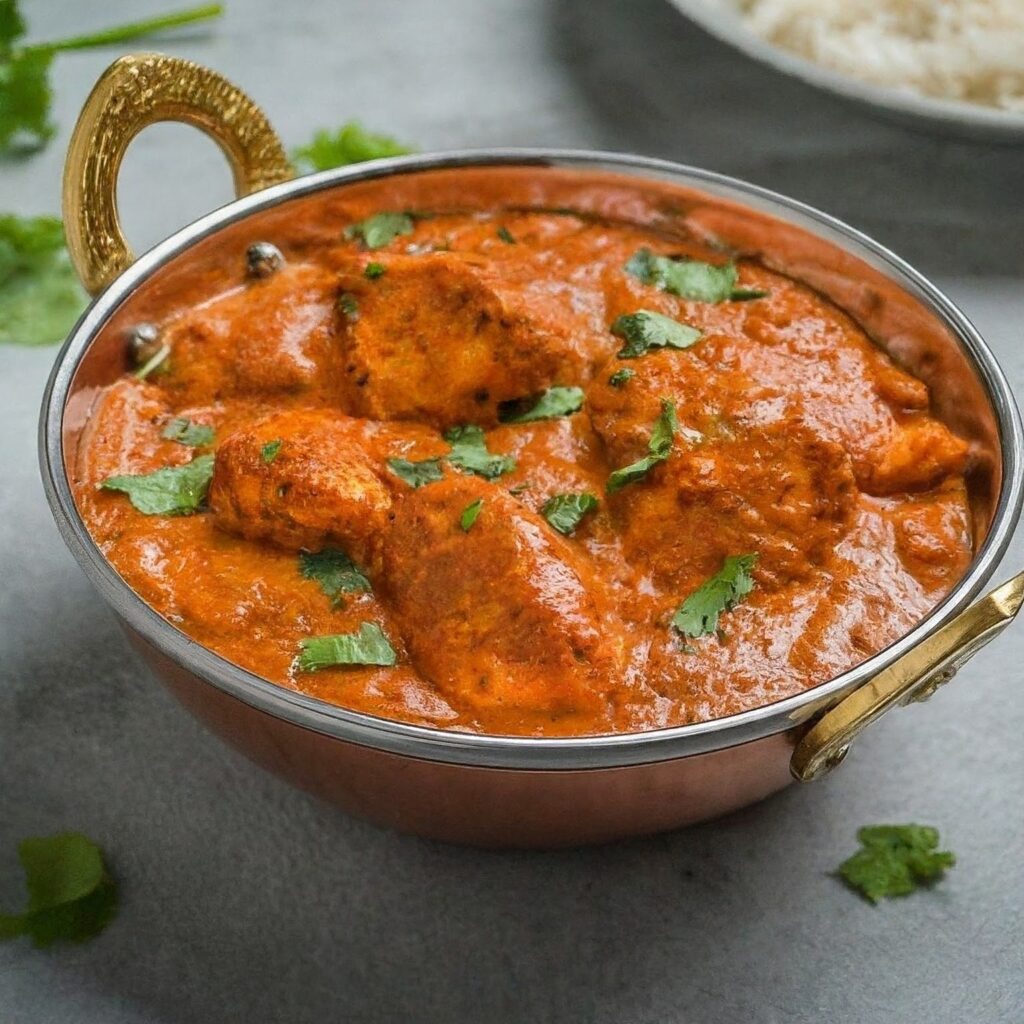
Accepting cultural fusion also helps to bridge cultural gaps and promote understanding among diverse populations. By actively engaging with diverse cultures, we may break down prejudices and misconceptions, building a sense of community and peace. Music, for example, has always been an effective vehicle for cultural fusion, bringing people together across racial and cultural lines. Through music, people can overcome language and cultural barriers and connect on a deeper level.
While cultural fusion entails combining traditions, it is critical to achieve a balance that allows for the preservation of cultural history. It helps to make certain that cultural fusion does not result in the loss or diluting of distinct cultural identities. Initiatives such as UNESCO’s Intangible Cultural Heritage List seek to protect cultural practices and traditions that are at risk of extinction owing to globalization. These efforts emphasize the need to safeguard cultural legacy during cultural fusion.

Celebrating cultural fusion in a globalized world has various benefits, including promoting variety, innovation, and creativity, overcoming cultural divisions, and maintaining cultural history. By honoring the blending of traditions and rituals, we may create a more inclusive and harmonious society that appreciates the diversity of cultures. Fusion cuisine has sparked a fascinating gastronomic revolution. This unique method entails smoothly combining traditional recipes from one culture with flavors and techniques from another. Whether it’s the Manchurian Dosa from the streets or the Buratta Papdi Chaat from innovative restaurants, fusion cuisine has captured foodies with its fascinating and unexpected pairings.
As food culture evolves, fusion cuisine demonstrates the power of diversity and inventiveness. Chefs like Michael Gulotta of MoPho in New Orleans expertly integrate foreign inspirations, resulting in dishes like the fiery wok-fried ramen with blue crab, chilies, and mint. These fusion compositions not only tease our taste buds but also reflect the diverse ethnicities that make up the United States.
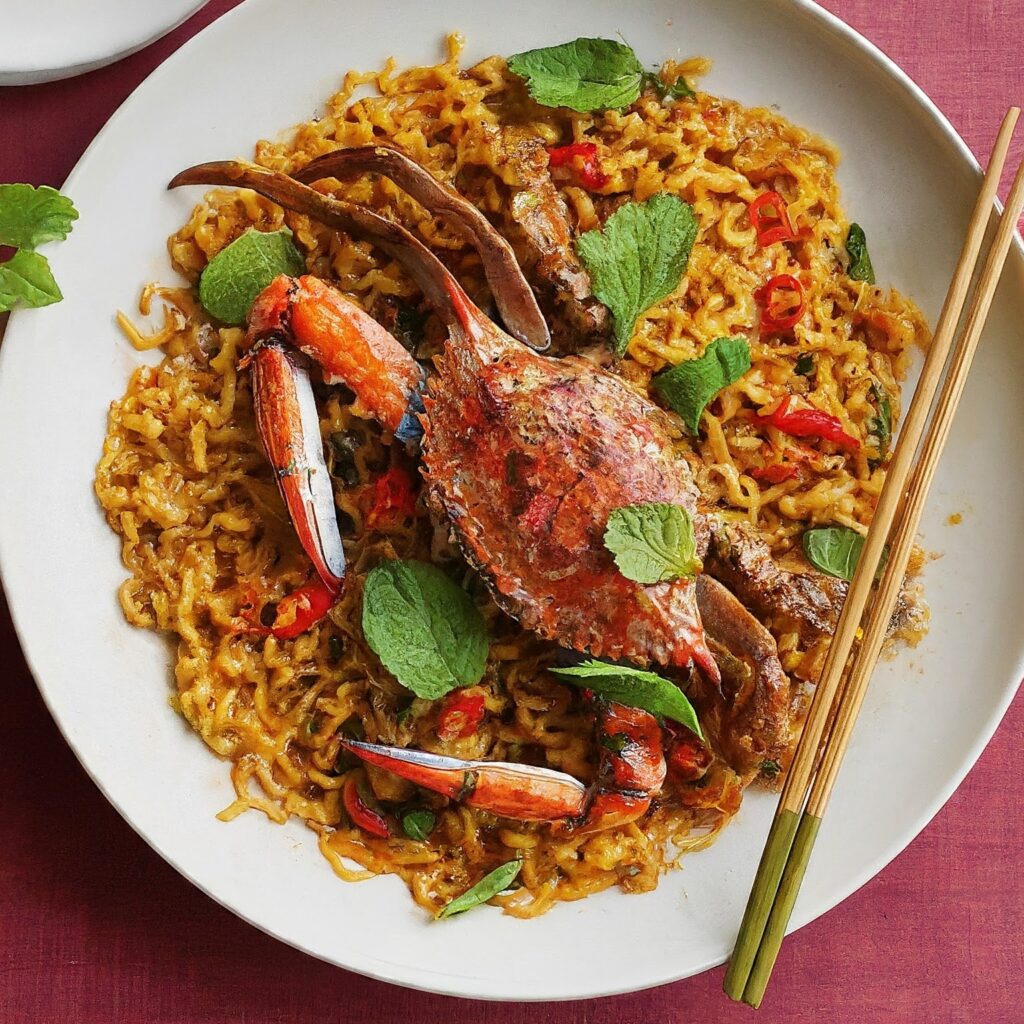
To those who profess concern about “protecting our borders,” it is important to acknowledge the enormous benefit that fusion cuisine provides. Fusion cuisine has already expanded our culinary experiences with popular dishes such as chicken tikka masala, khao soi, and hummus. Embracing diversity holds the key to our country’s ongoing achievement because it encourages culinary innovation and guarantees that our plates are full of intriguing and delectable flavors.

In a world where finding an acceptable burrito in Norway or good sushi in China can be difficult, fusion food provides a means to sample the best of several culinary traditions. It bridges cultural gaps and lets us appreciate the myriad flavors and methods that different cultures offer to the table.
So let’s celebrate fusion cuisine, enjoy its capacity to unite nations, and appreciate the delicious creations that result from this harmonious blending of flavors. By doing so, we not only broaden our culinary horizons but also contribute to a more inclusive and deliciously diversified society.

Frequently Asked Questions:
Q. What is the theory of food fusion?
Ans: Cooking that blends disparate culinary traditions or methods into a single dish is known as “food fusion.” Fusion cuisine can take many different forms, including regional fusion, which combines cuisines from multiple areas or sub-regions.
Q. What does fusion cooking aim to achieve?
Ans: Fusion cooking is fundamentally about ingenuity and inventiveness. It’s the deliberate blending of ingredients, methods, and flavors from two or more culinary traditions to create dishes that are both well-known and unusual.
What is the core concept of fusion food?
Ans: Fusion cuisine combines various flavors, ingredients, and cooking methods in an inventive and experimental way. Chefs blend classic components with creative innovations, capitalizing on the diversity of world cuisines.
What fusion cuisine’s fundamentals are?
Ans: Fusion cuisine is a gastronomic movement that creates dishes with distinct flavors by fusing ingredients from several cuisines. As people’s curiosity in trying out novel and intriguing culinary combinations has grown in recent years, so too has this trend in popularity.
What cultural foundations underlie fusion cuisine?
Ans: Fusion cuisine probably has historical roots because people have been sharing culinary traditions for ages, but the concept only really took off in the 1970s. Many French chefs began serving meals that combined traditional French cooking techniques with Asian food, especially Chinese and Vietnamese cuisine.
What culinary fusions may inspire us?
Ans: You can truly broaden your culinary horizons and create something genuinely original by embracing fusion cooking techniques. You can obtain valuable knowledge about blending several culinary traditions and acquire skills that you can use in your recipes in the future by mastering some of these recipes.
Which fusion food fact is interesting?
Ans: Fusion cuisine, often known as fusion food, blends components of distinct culinary customs from many nations. It can also be seen as a blending of the culinary traditions of quite different areas. Consider the Americas, where the Deep South and North have very different cuisines.


